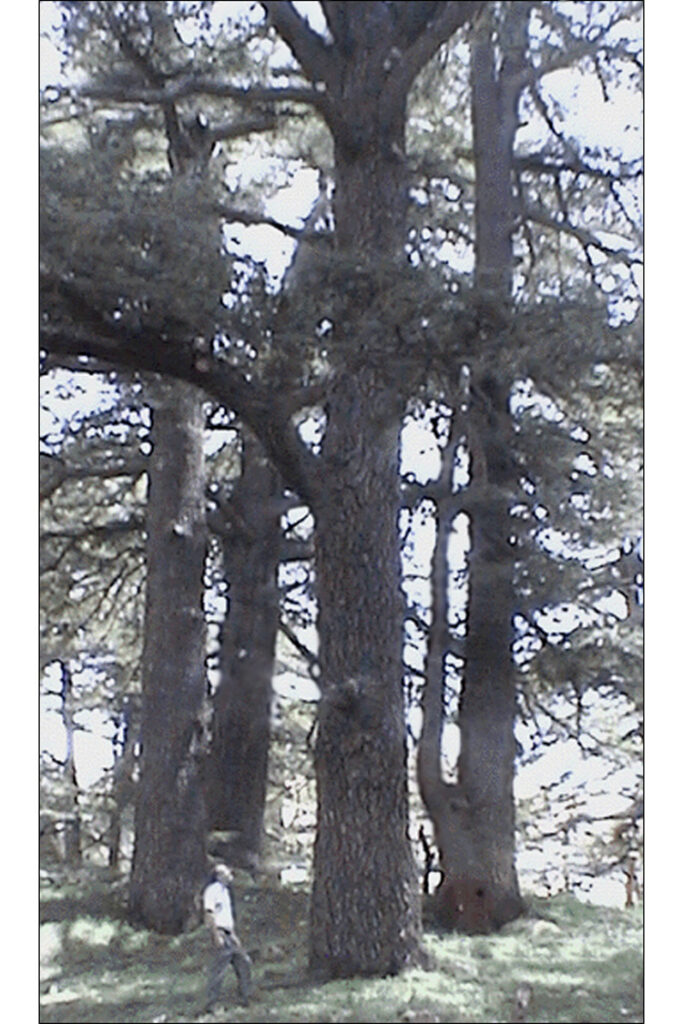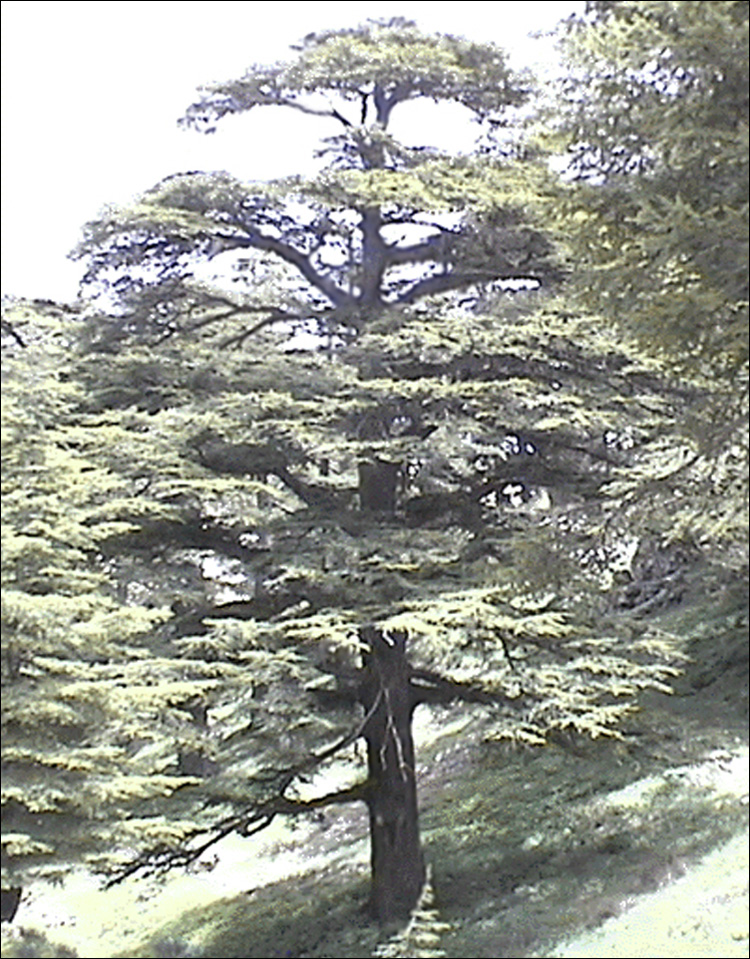
Throughout antiquity the cedars of Lebanon were prized above all other trees. Their fine wood was strong, straight and wonderfully scented. It was always the first choice for any temple or palace, and top value in trade was paid for it. These trees helped give the Phoenicians a high place among other nations, and became the symbol by which they and their descendants were known.
Ancient demand for cedar was raised to a fever pitch for a very significant reason. The two dominant civilizations at that time — Egypt and Mesopotamia — had virtually no wood at all. This was especially true in Egypt, where the pithy core of palm trees made them not very useful, and the only other substantial growth, the acacia tree, produced boards which were only about three feet long (one meter). The Mesopotamians could float wood down the Tigris and Euphrates from mountains in the north (which would one day be Turkey). But the Egyptians were essentially dependent upon the Phoenicians for their precious cedar of Lebanon. Chapters 2 and 3 of the book Phoenicians: Lebanon’s Epic Heritage uncover how the highly-desired cedar tree became one of the centerpieces of life in Lebanon and across the Mediterranean.
It should be mentioned that the mountains of Lebanon, with their snow-capped peaks, provided many other kinds of wood as well, including juniper, pine and oak. But cedar was always the most treasured.
Unfortunately, these magnificent stands of trees were heavily harvested in more recent times, with the British Railway virtually finishing them off in the head-long rush to lay track as fast as possible on wooden railroad ties. Today, only a few stands of these trees-of-kings are left, with the most impressive groves being near Bcharré in the northern Lebanon mountains and the Chouf Reserve in the south. If you are in the neighborhood and feel like having an adventure, they can still be seen.

The re-forestation projects are making progress, but at a painfully slow pace. Much more needs to be done to restore the stands of these tall, strong symbols of the Lebanese people.
The content of this website is drawn from the research of historian Sanford Holst

Updated September 30, 2023

Further information
If you would like to experience more of the Phoenician world than you find in these short articles, see the book Phoenicians: Lebanon’s Epic Heritage. This extensive exploration is brightened with 104 illustrations.
Going beyond the few traditionally-cited facts, this authoritative work draws from discussions with leading archaeologists and historians to discover new clues and lines of inquiry into this secretive society.
Phoenicians
You can take a look inside this book. See the first pages here.
